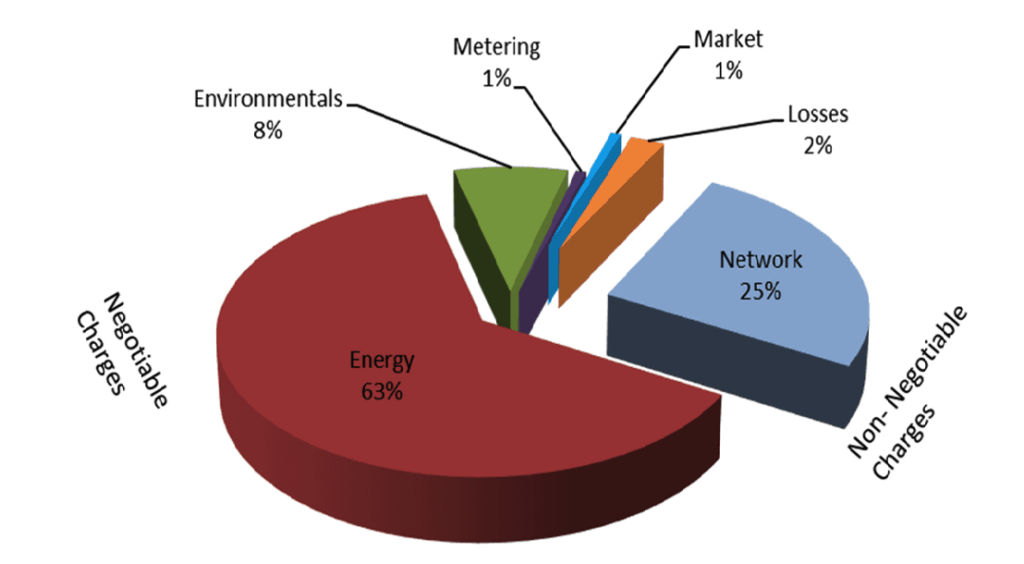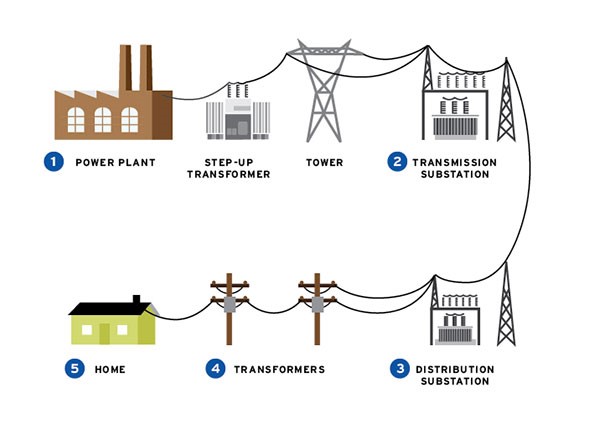Electricity bills are not always that straight forward. To help you demystify the jargon and make sense of what you’re being charged the team at Power Partners has prepared this piece. Although the contents of electricity bills can seem confusing, when you break it all down, you’ll see your bill is no great mystery – and it might even help you to save money in the future.
What’s on my electricity bill?
Every retailer presents their bills slightly differently, but the information it should contain is standard.
Your electricity bill should show you:
– The billing period (the start and end date of the bill);
– How much you have to pay;
– How much energy you used;
– Whether you are using more or less energy in this billing period than you have in the past;
– Your meter number;
– Whether the bill is based on an estimate of your meter reading or an actual meter reading;
– Any extra fees or charges you need to pay, like a disconnection fee or late payment fee;
– Any amount credited to your account as part of a rebate or concession;
– How to contact your energy retailer; and
– Your customer account or reference number, to quote when contacting your retailer.
Electricity bills are made up of many components and just as many factors affect these charges.
Whilst some components in your electricity bills are within your control (like energy and environmental charges) many are not. That is why working with someone from the team at Power Partners to negotiate the most competitive energy and environmental rates is critical.
Whilst some components in your electricity bills are within your control (like energy and environmental charges) many are not. That is why working with someone from the team at Power Partners to negotiate the most competitive energy and environmental rates is critical.
Below is the cost breakdown of a typical electricity bill.

Energy Charges
The Energy Charge, sometimes referred to as the consumption or usage charge, is the cost of the electricity that you actually use. More specifically, it is the cost of raw electricity (kW) which the retailers purchase from the wholesale market and sell to you as the end user. The rates that you can secure are dictated by a wholesale commodity market which is driven by factors such as base generation, government policy, seasonal demand, and competition
This section of the bill is one of the largest components of the overall bill and is the only major controllable cost in which your retailer is solely responsible. Your usage charge will appear on your bill in cents per kilowatt hour (c/kWh)
The main components of this section:
– Peak;
– Shoulder (NSW & ACT only); and
– Off-Peak rates.
For businesses in Queensland this is usually classified as ‘peak’ (7 am to 9 pm on weekdays), ‘off-peak’ (all other times).
These are the units of the cost charged by your supplier for varying periods throughout the day. Below is an example of a typical bill for a large energy user:

Network Charges
One of the common concerns we often hear from our clients is that their network charges are quite high. Network charges refer to the implementation and maintenance of the physical infrastructure, namely, the poles, wires and other equipment drawing power from the electricity grid. On average, network charges account for approximately 50% of a standard electricity bill. Historically, the biggest contributing factor behind electricity price movement on energy bills is due to changes to the network costs.
Most business electricity users who consume in excess of 160,000 kWh/pa ($40,000 approximately), and are on an unbundled agreement, will find a section labeled “Network Charges” on their bill.
The Network Charges cover the costs to maintain the grid infrastructure and the transport of the electricity from electricity generators across the electricity transmission and distribution networks to your site.
Network Charges generally account for 50 percent of a typical bill. They are reviewed on an annual basis and adjusted to reflect the costs of maintaining and upgrading the system.
The Australian Energy Regulator (AER) oversees networks and monitors compliance within the National Electricity Laws and Rules.
Environmental Charges
Environmental Charges are costs associated with complying with Government schemes which are aimed at promoting efficient use of energy, reducing greenhouse gas and funding renewable energy generation.
There are currently at least five schemes which apply to large businesses:
– LRET: Large Renewable Energy Scheme
– SRES: Small-scale Renewable Energy Scheme
– GGAS: Greenhouse Gas Abatement Scheme (NSW)
– ESS: Energy Savings Scheme (NS
– VEET: Victorian Energy Efficiency Target (VEET)
Both the LRET and SRES schemes are linked to the Federal Government’s targets of 20% of energy generation from renewable sources by 2020.
The other schemes are state-based schemes and are regulated by the state governments.
The regulator estimates how many certificates will need to be surrendered for that year to meet the targets.
Based on this estimate, the regulator determines a compliance percentage of the applicable certificates that the liable entity (your retailer) will need to purchase and surrender on behalf of their customers.
Market Charges
Market Charges are fees which are paid to the Australian Energy Market Operator (AEMO) to operate and maintain the National Electricity Market (NEM).
There are two costs which are categorised under Market Charges:
– AEMO Fees – Paid to the Australian Energy Market Operator (AEMO) on your behalf by your energy retailer they’re then passed on to you through your energy bill; and
– Ancillary Fees – Fees for activities undertaken to ensure safe and secure power delivery whilst maintaining the integrity and stability of power generation and energy demand.
Both these fees are paid by the Retailer on your behalf, they’re issued on your energy bill based on your energy consumption.
Other Charges
Depending on which electricity retailer and metering services you use, you may find some other charges on your electricity bill. For example:
– Metering Charges,
– Metering Data Services,
– Service Charges, and
– Retailer Fees.
These charges are set by either your electricity retailer or meter provider and hence actual charges on your bill may vary in quantity and price.
Loss Factors
As electricity flows through the transmission and distribution networks, energy is lost due to heating of conductors, this is caused by electrical resistance.
These losses are equivalent to around 10 percent of the total electricity transported between power stations and market customers.
Energy losses on the network must be factored in at all stages of electricity production and transport to ensure the delivery of adequate supply to meet prevailing demand and maintain the balance of the power system.
This means that more electricity must be generated than is required by consumers to allow for this loss during transportation.
The impact of network losses on retail prices is mathematically represented as Transmission Loss Factors (TLF) and Distribution Loss Factors (DLF).
Loss factors are calculated and fixed annually.
Site-specific loss factors are determined by location, connection type and level of voltage.

All energy retailers must include loss factors as part of their electricity bills but the way in which they are represented can change depending on the billing structure of your retailer.
If you are wanting more information or are having trouble understanding your electricity bill, you should contact us or your electricity retailer directly.
